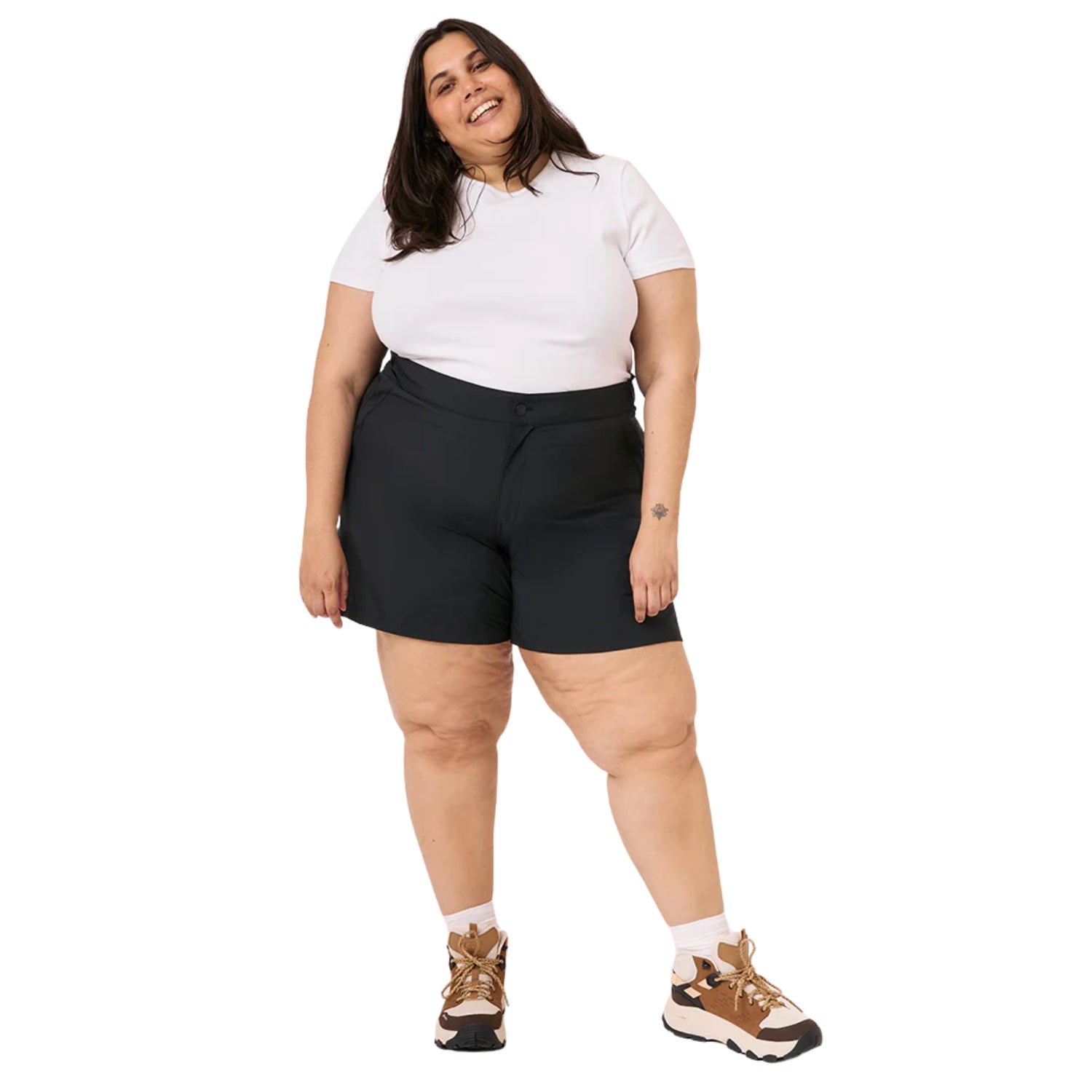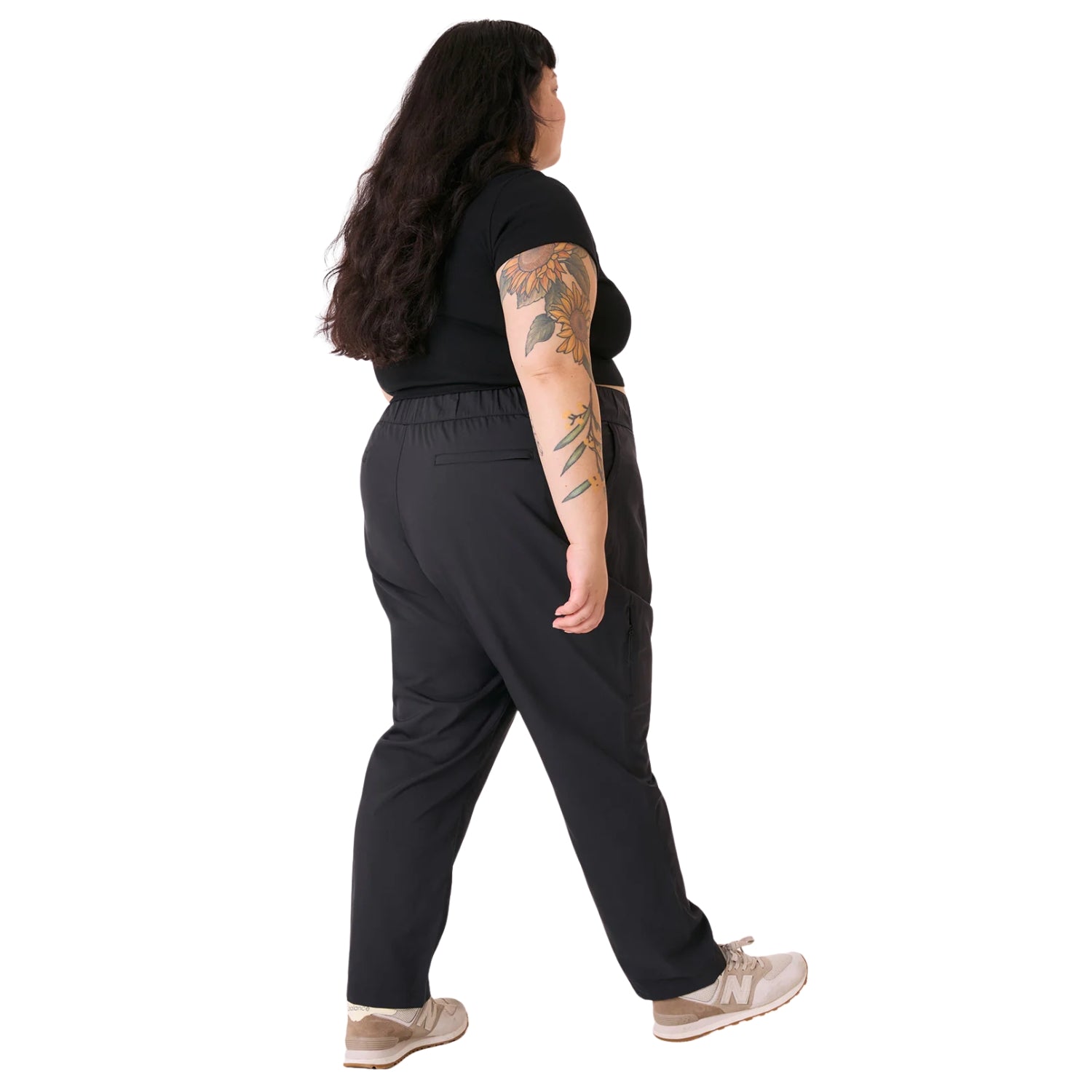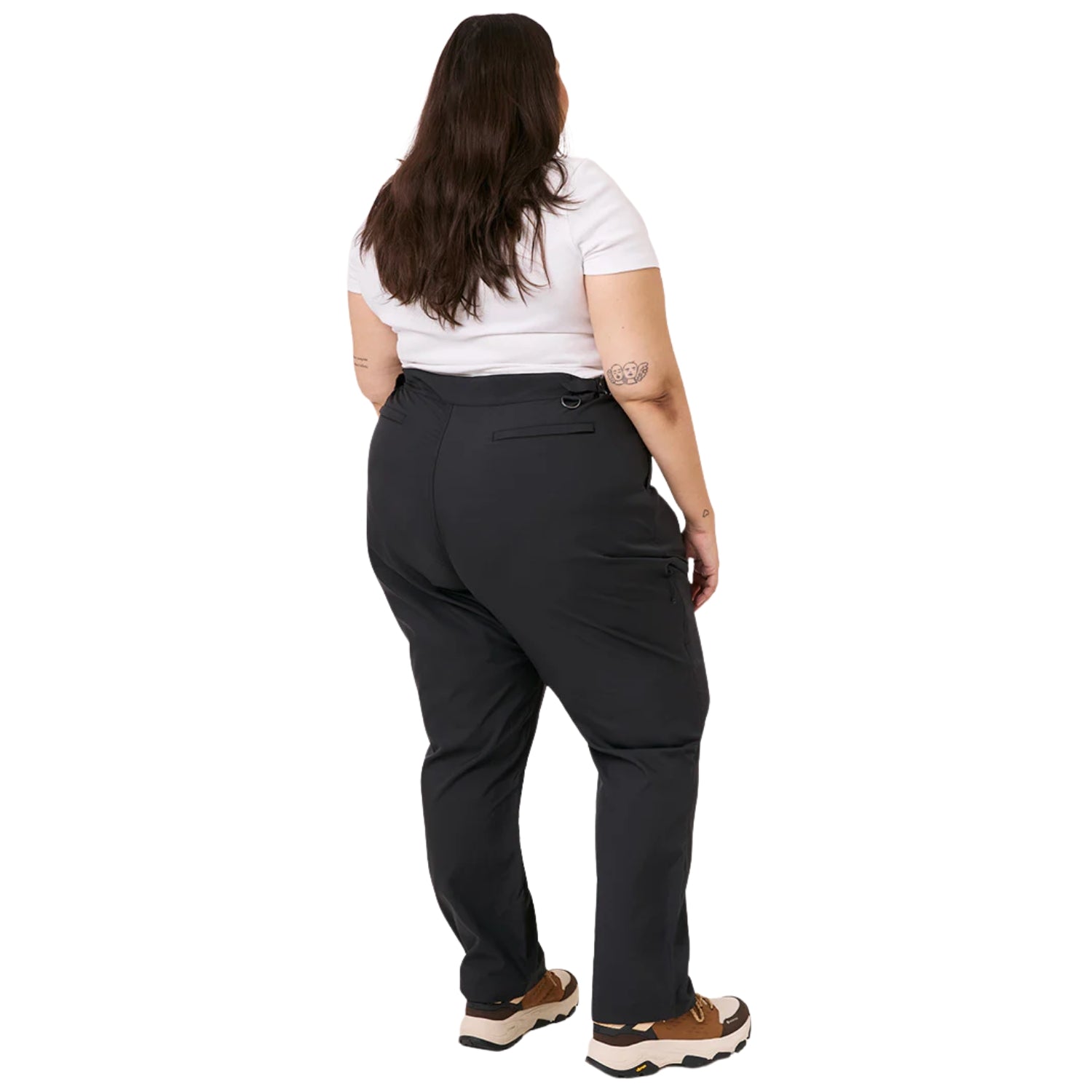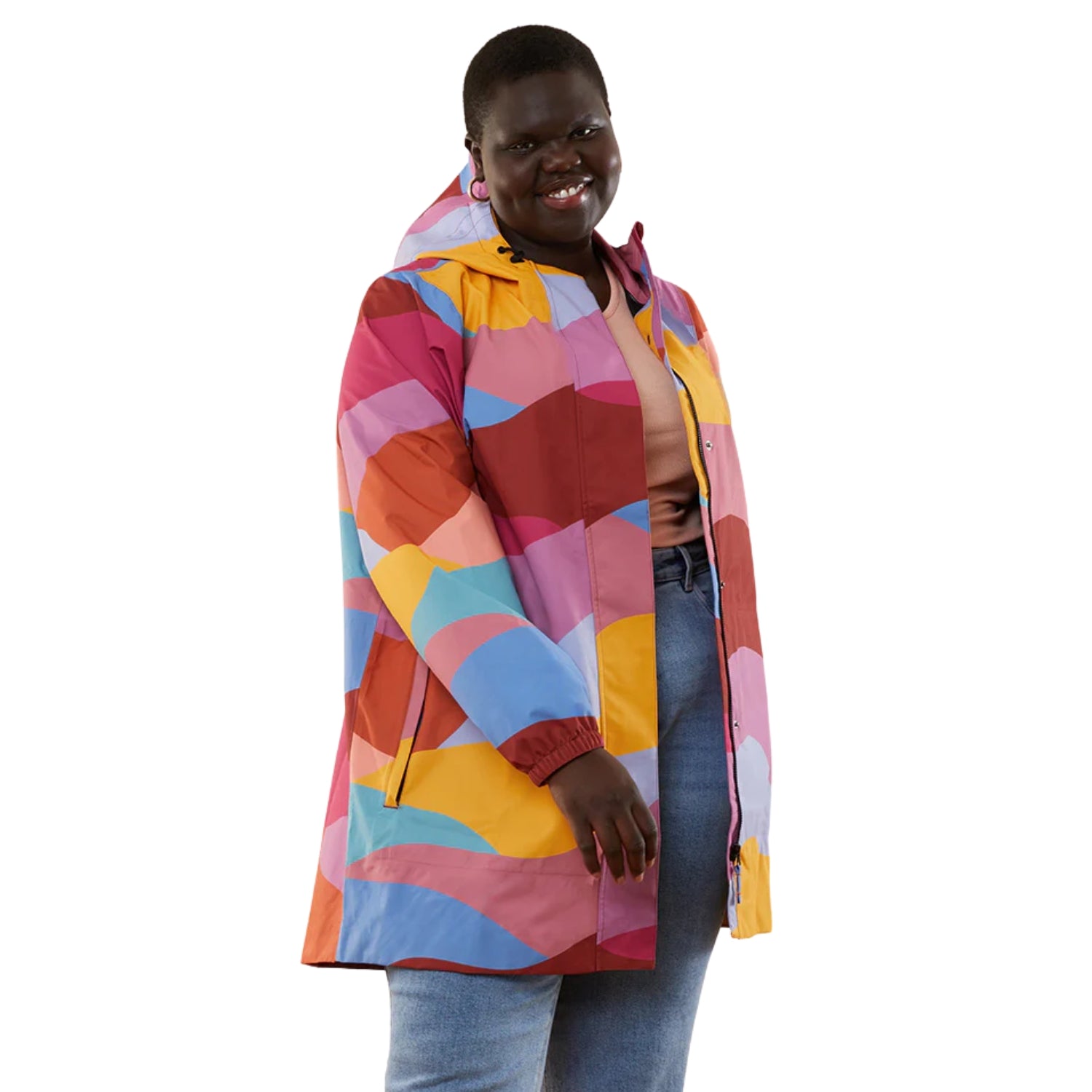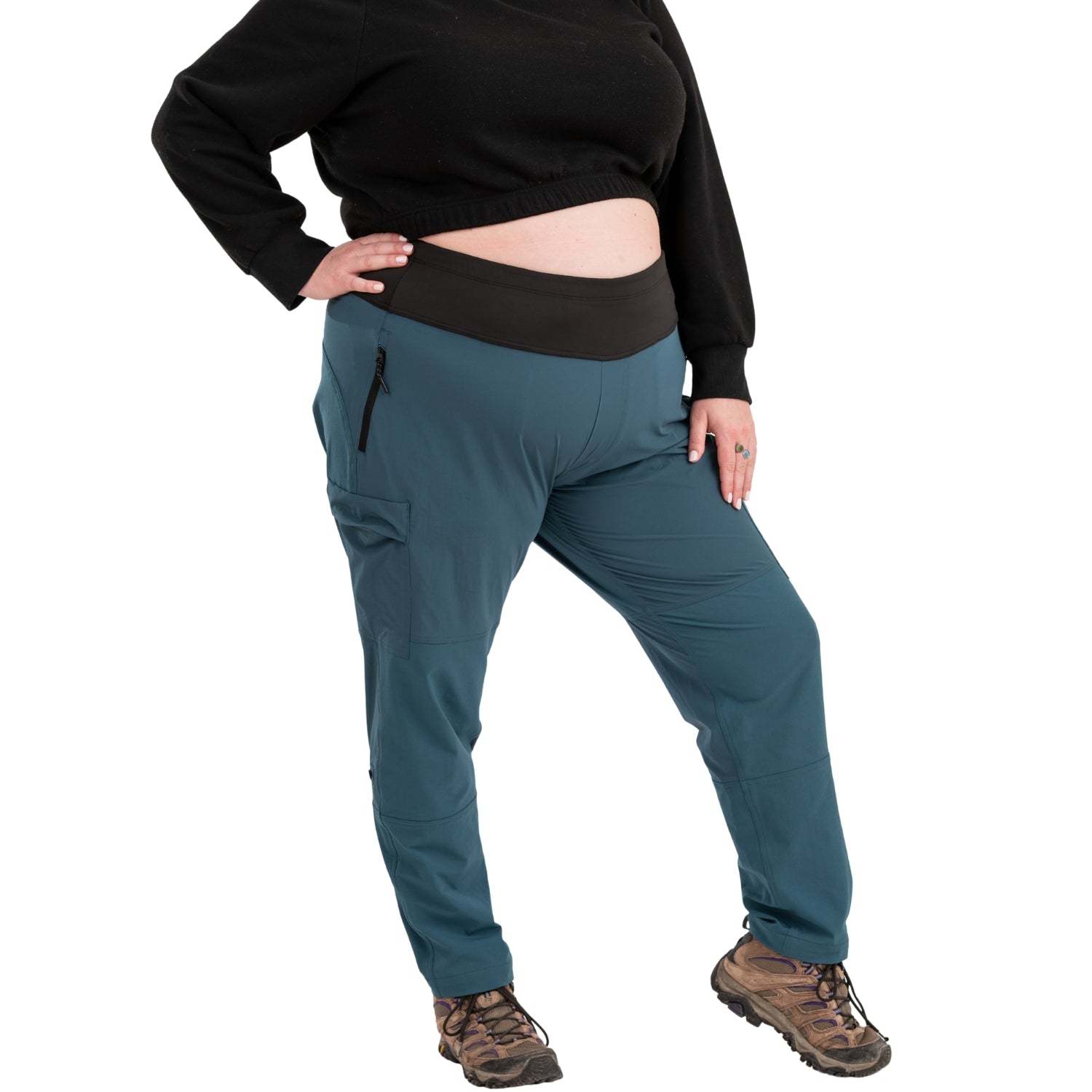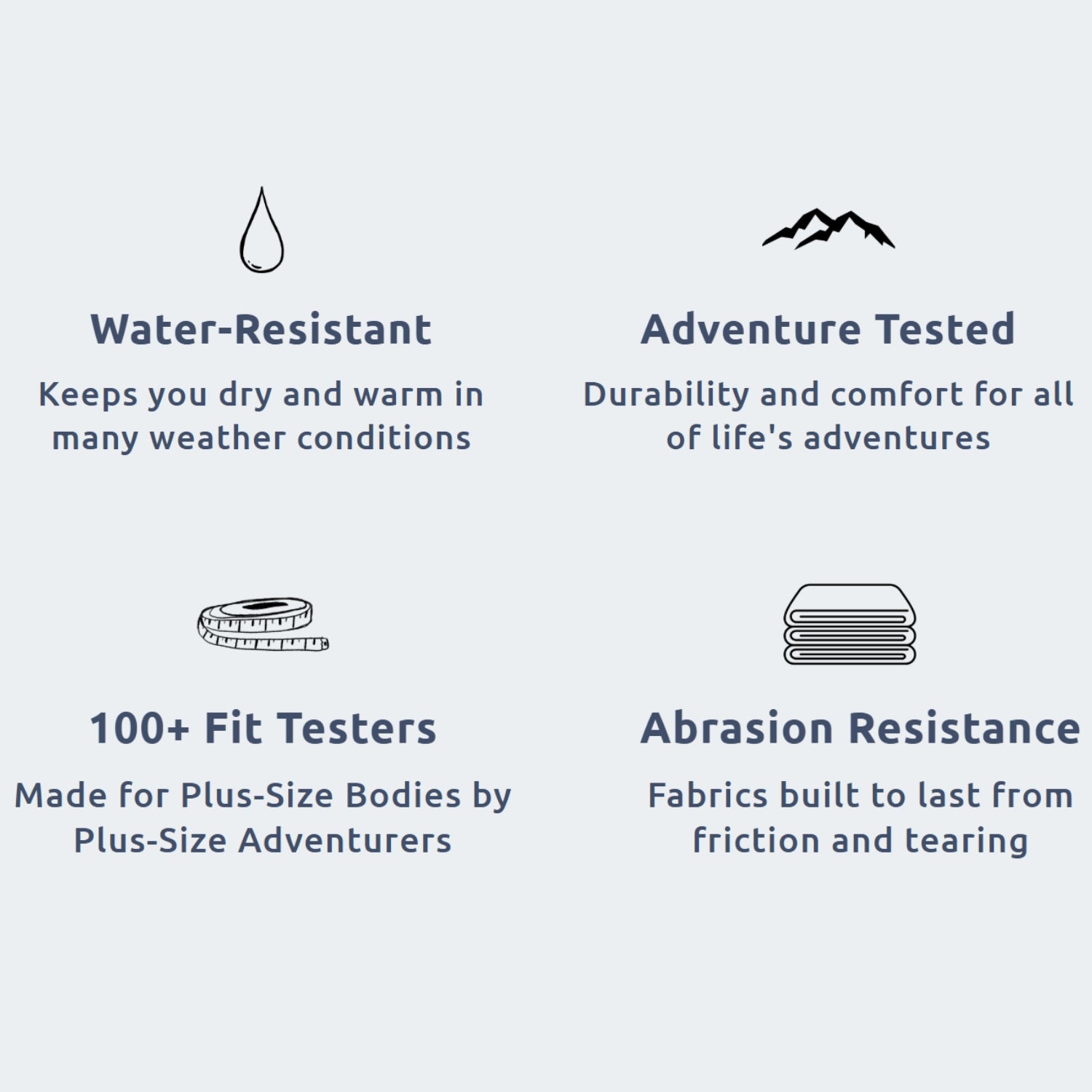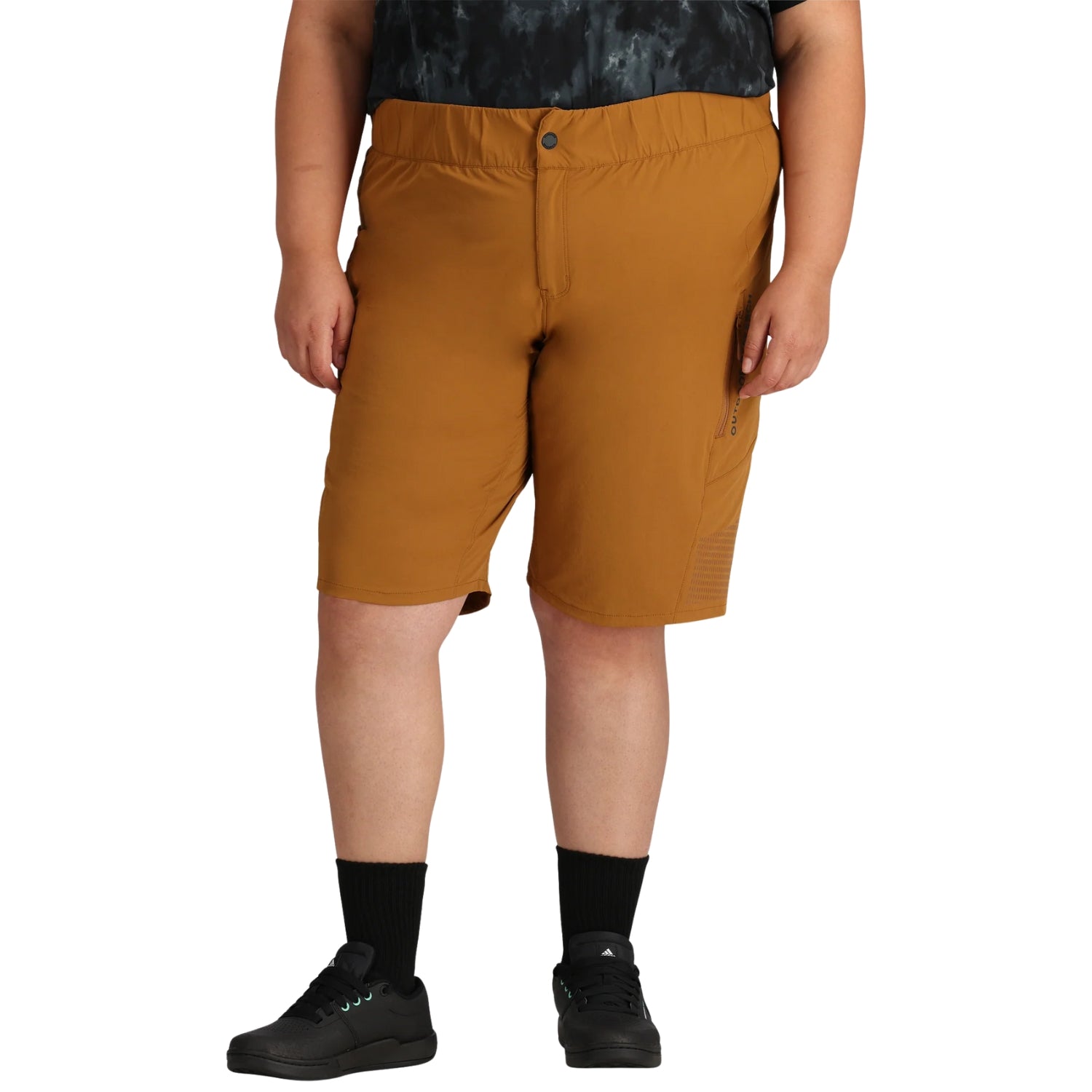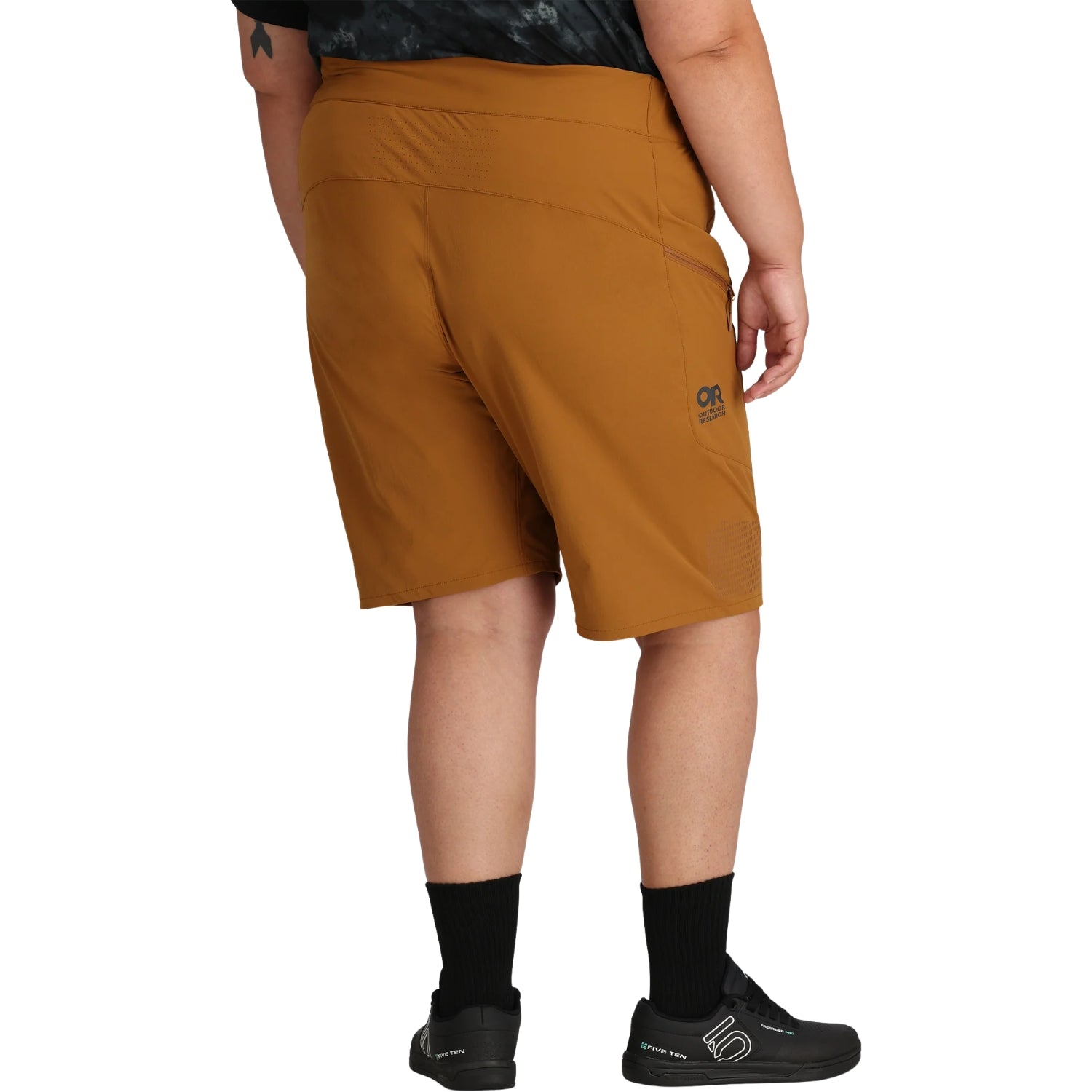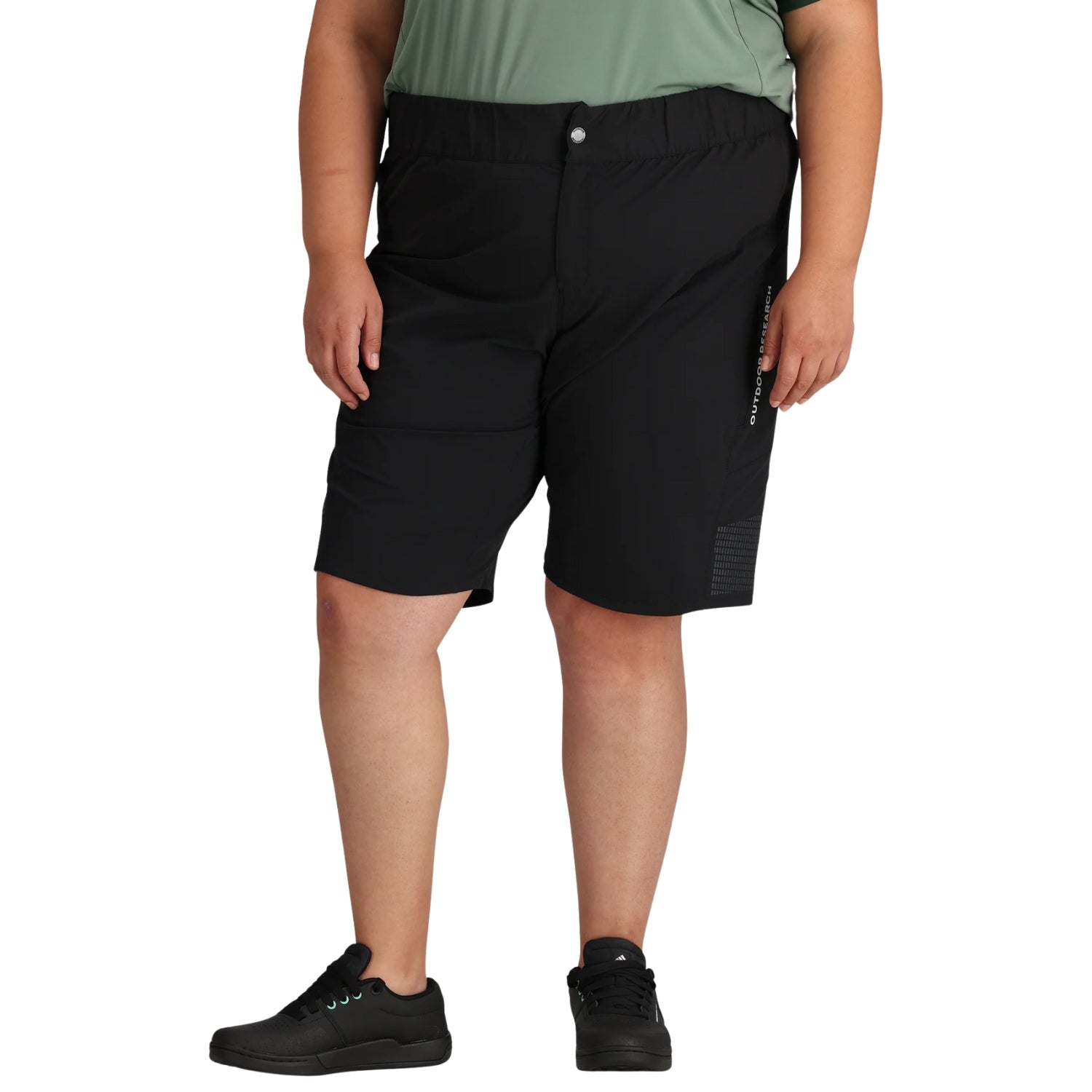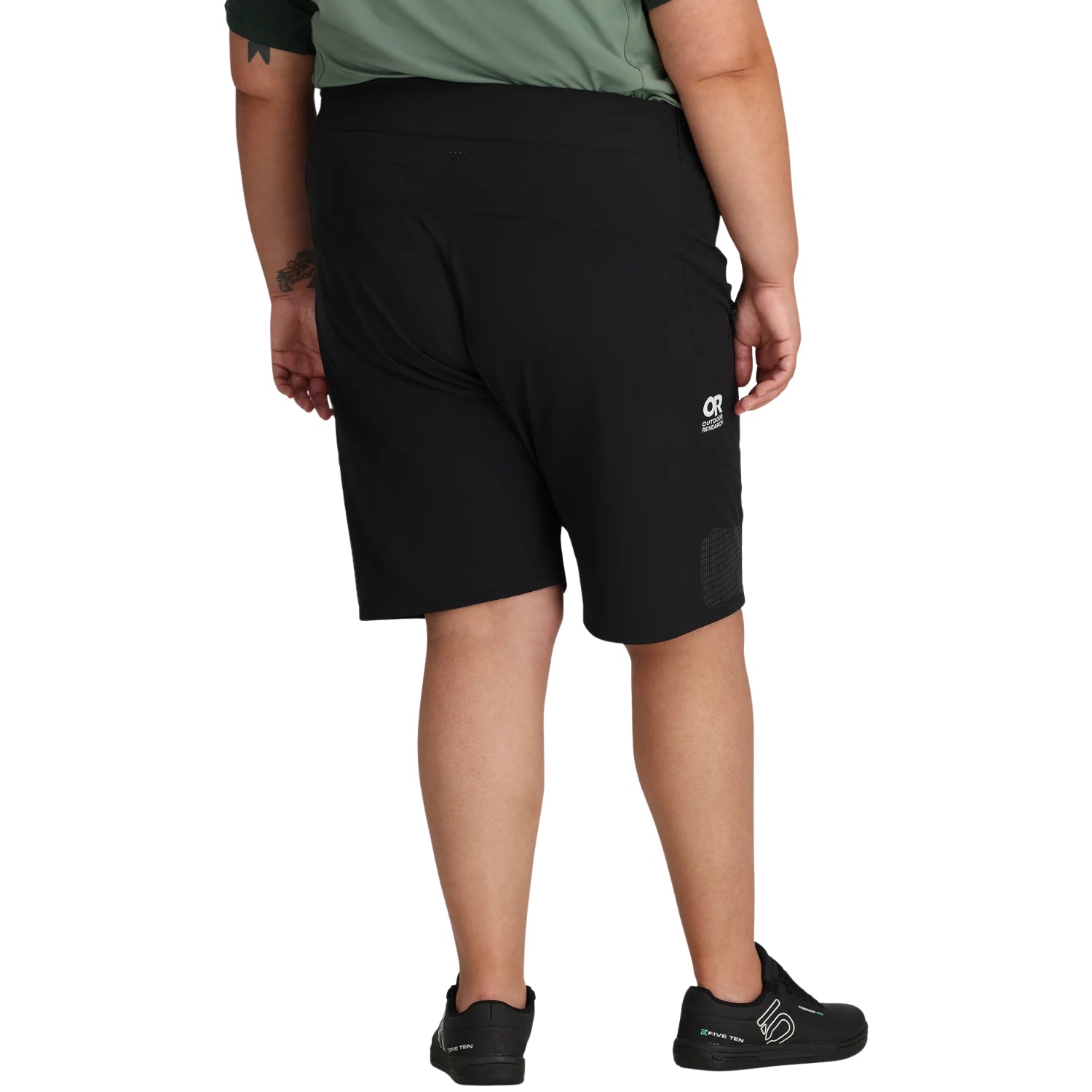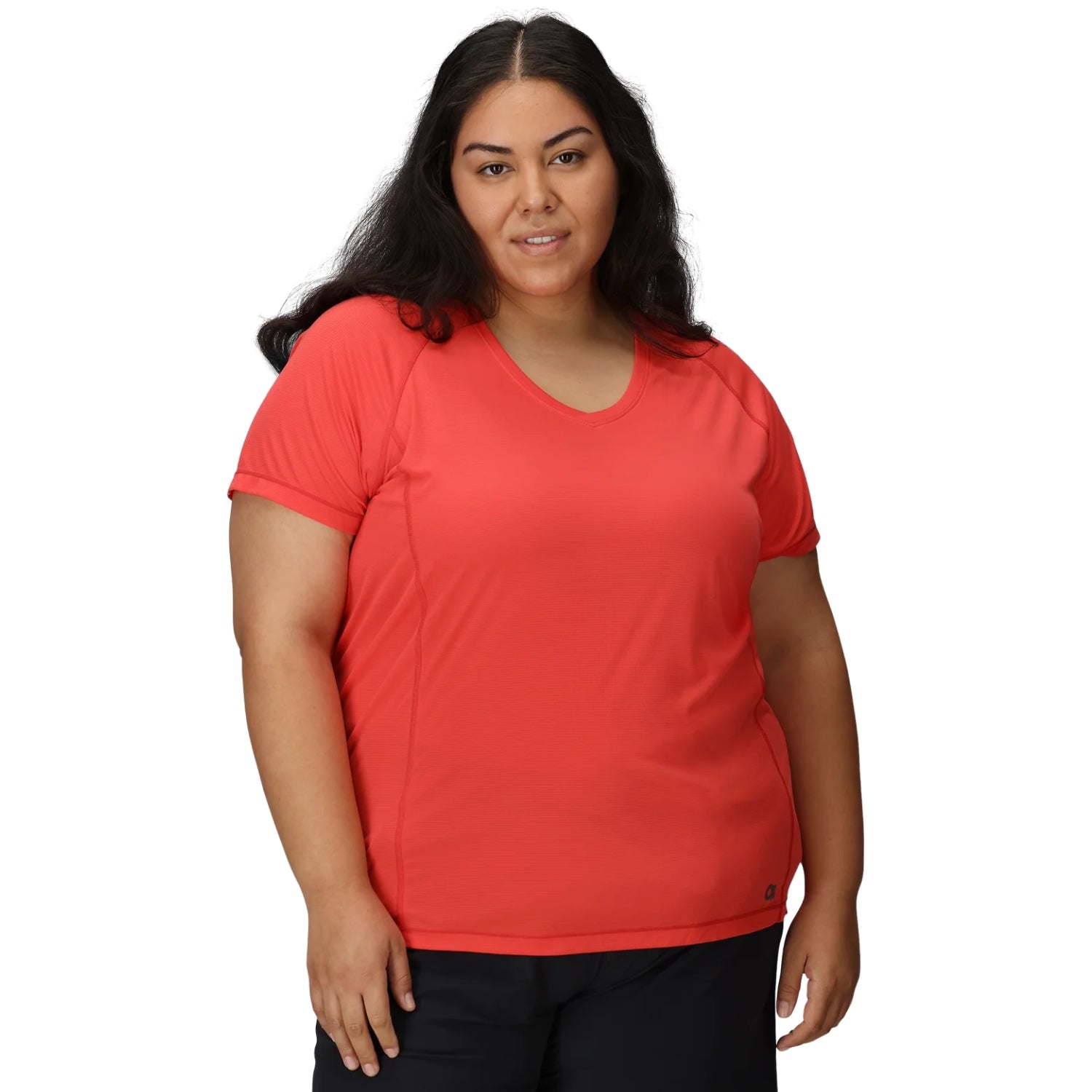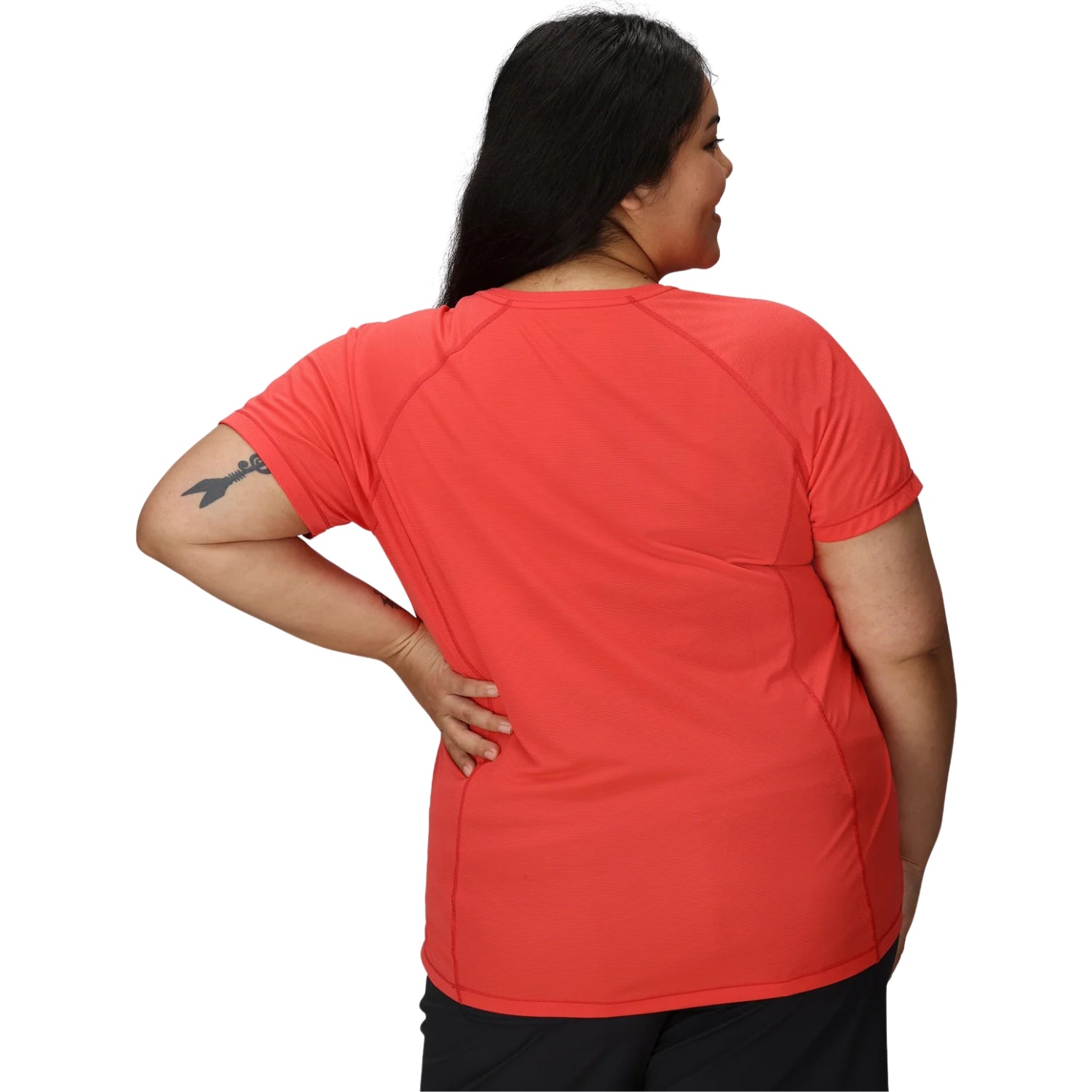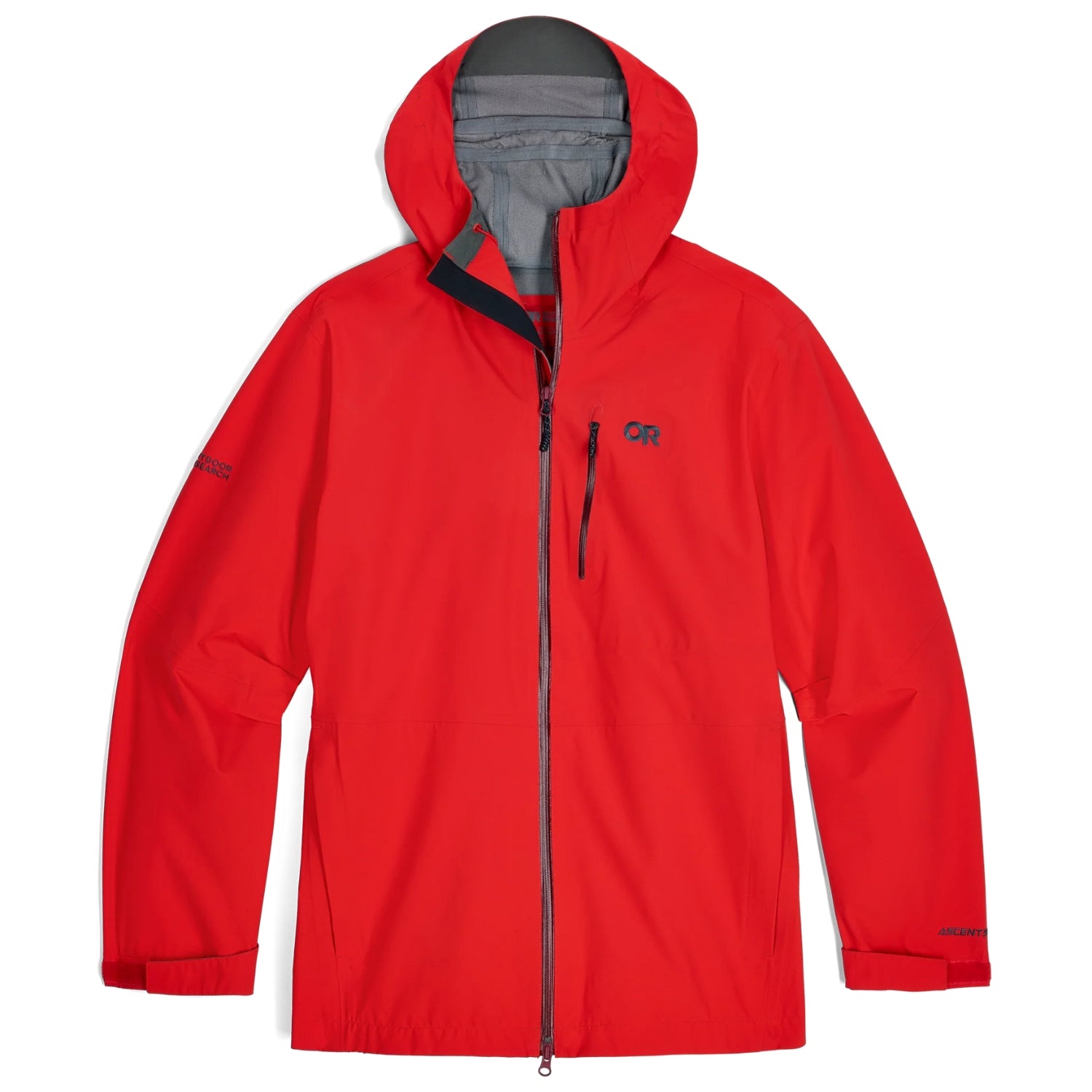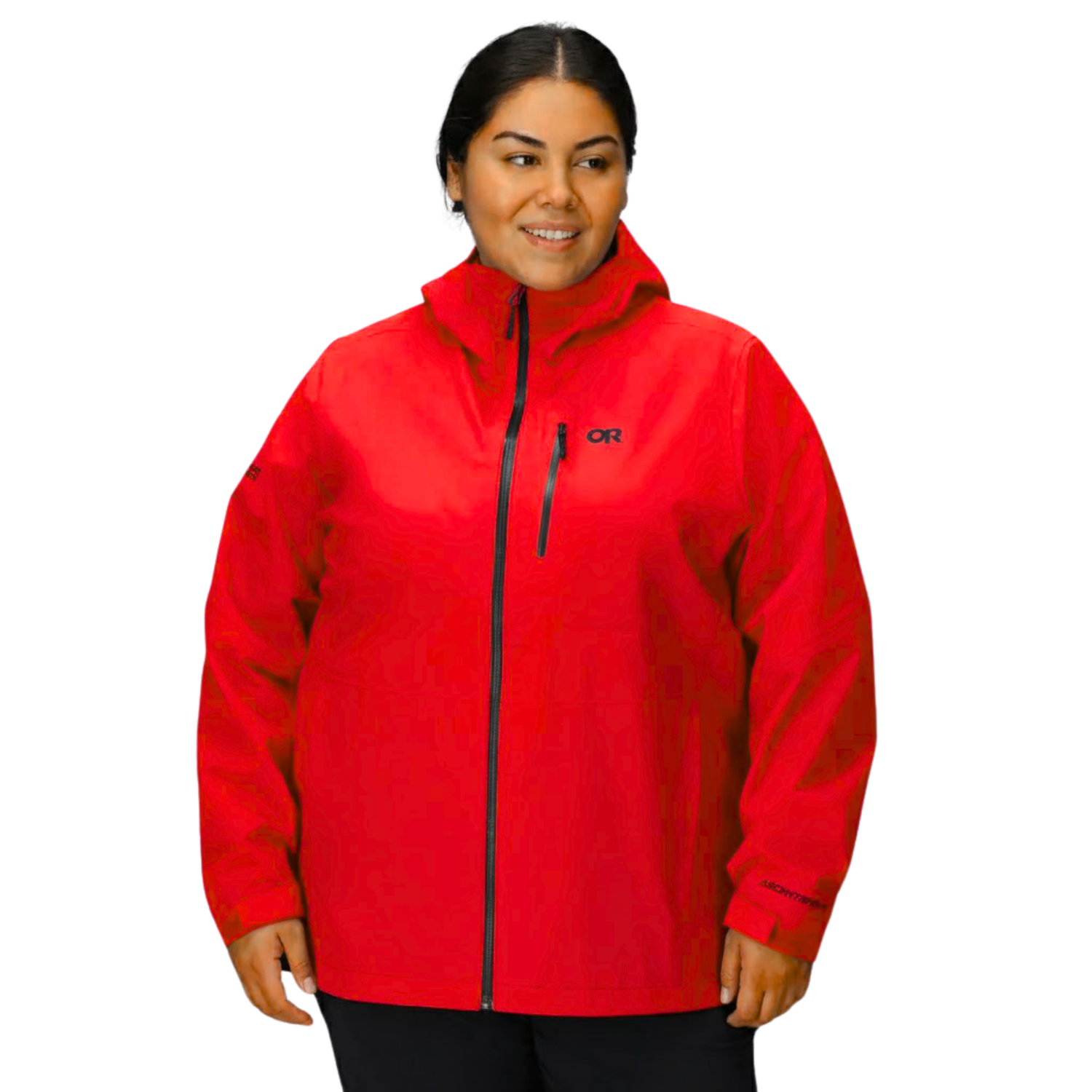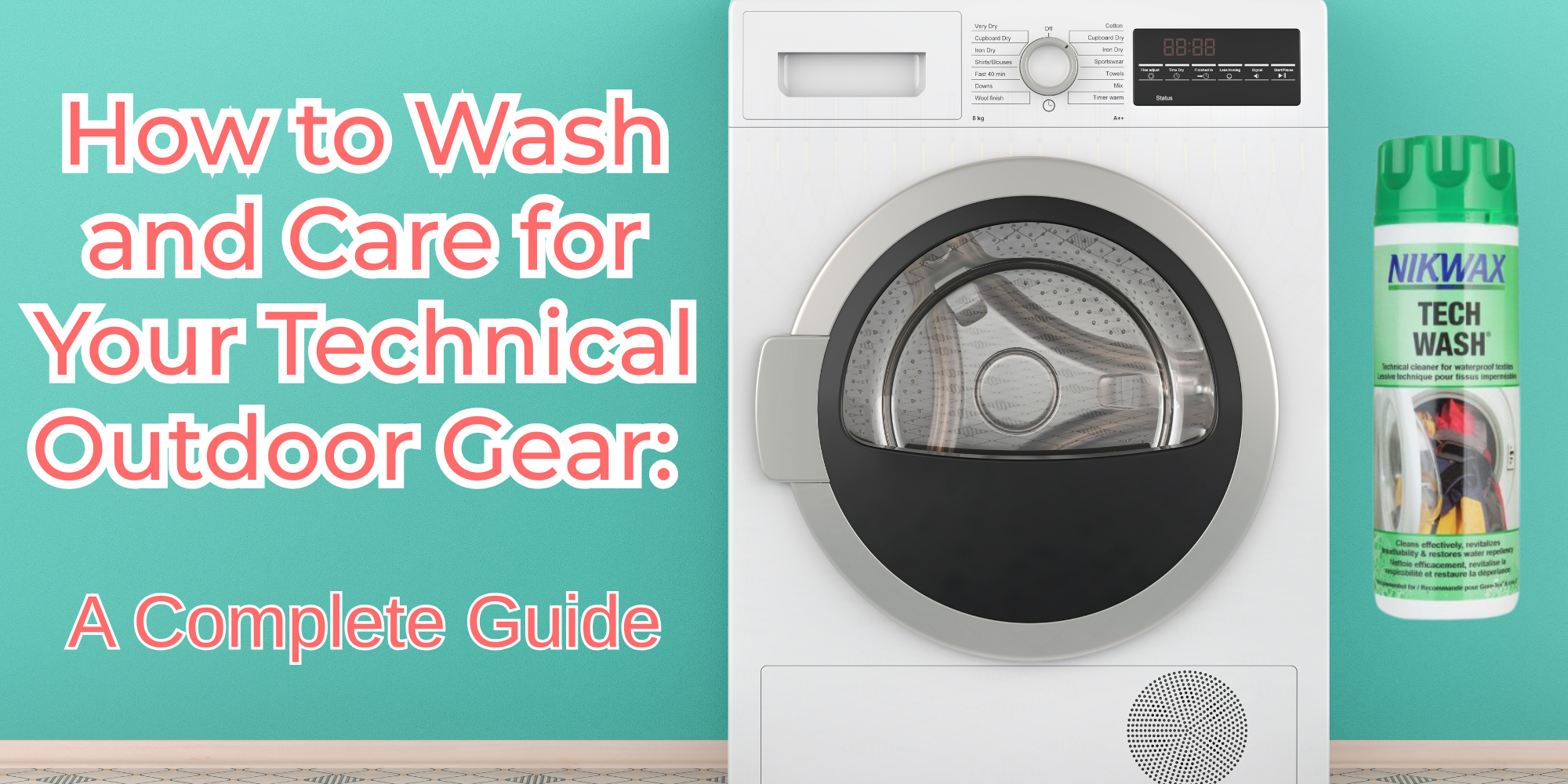
How to Wash and Care for Your Technical Outdoor Gear: A Complete Guide
Based on real customer questions and expert advice from Plus Outdoor
Quick Reference: When Your Gear Needs Attention
Immediate washing needed if:
- Noticeable odour (especially important for waterproof-breathable fabrics)
- Heavy dirt, mud, or stains
- Reduced breathability or performance
- After exposure to salt water, sunscreen, or body oils
Can wait/spot clean if:
- Light surface dirt that brushes off
- Single-use in clean conditions
- No odour present

🤓 Understanding Modern Technical Fabrics
The Reality of Today's Outdoor Gear
The outdoor industry has been transitioning away from PFAS (per- and polyfluoroalkyl substances) the "forever chemicals" that were used in DWR (Durable Water Repellent) coatings for decades.
While PFAS-free DWR chemistries can provide water repellency without harmful chemicals, they face performance trade-offs particularly with oil and dirt resistance. The challenge isn't water-repellency but oil-repellency, as contaminants from your environment or body can cause fabrics to "wet-out" much faster than with traditional coatings.

When a fabric "wets out," the outer shell absorbs water instead of repelling it, which compromises the entire waterproof-breathable system.
Here's why this matters: waterproof-breathable fabrics rely on a two-part system - the waterproof membrane (like Gore-Tex) prevents water from entering, while the DWR coating on the outer fabric ensures water beads and rolls off. When the DWR fails and the outer fabric becomes saturated, it creates a barrier that prevents moisture vapour from your body from escaping through the membrane. This results in that clammy, uncomfortable feeling where you're getting wet from the inside out due to trapped perspiration.
Body oils, sunscreen, dirt, and environmental contaminants like chairlift grease or campfire smoke can all compromise PFAS-free DWR coatings more readily than traditional formulations. The good news is that these contaminants can be washed away - but this makes proper care and more frequent washing essential for maintaining both waterproof protection and breathability performance.
Step-by-Step Washing Guide
Before You Start: Assessment and Preparation
Check the Care Label First, Always follow the specific washing instructions on your jacket's label. This guide provides general best practices, but manufacturer instructions take priority.
Assess Your Gear's Condition
- Light dirt only? Try spot cleaning first
- Smelly or heavily soiled? Full wash needed
- Lost water repellency? You'll need washing + DWR treatment
Prepare Your Washing Machine Ideally, run an empty cycle to remove any detergent residue from previous loads (though we'll admit, we don't always follow this step).
Pre-Wash Preparation
- Close everything: Zip all main zips, pocket zips, and pit zips
- Remove detachable parts: Hood, liner, or other removable components should go in a mesh laundry bag or left out altogether.
- Turn inside out: Especially important for smelly waterproof-breathable outerwear when washing (but turn the right way around when adding a DWR treatment)
- Pre-treat stains: Use Nikwax Tech Wash® concentrated as a stain remover with a clean gentle toothbrush
The Washing Process
Water Temperature: Cold water only - never hot water
Cycle: Delicate cycle with minimal spin
Load: Wash alone - never with other items
Detergent:
- Never use fabric softener (clogs membrane pores)
- Never use regular detergent
- Use Nikwax Tech Wash® - specifically designed for technical fabrics
- Follow dosage instructions on the bottle
- Safe to use directly in machine - no need to dilute first
Drying: The Critical Phase
Immediate Action, remove from machine immediately when cycle finishes, preventing clumping.
Primary Drying
- Drip dry first to let excess water drain
- Air dry in well-ventilated area
Heat Treatment (When Appropriate) Some technical fabrics benefit from controlled heat:
- Low heat in dryer for 10-15 minutes maximum
- Remove mid-cycle - never let metal components heat up against fabric
- Hair dryer on medium heat, keep moving, focus on shoulders and cuffs
- Never use high heat - can melt laminates

Why Sunlight UV is Your Gear's Best Friend
After washing and drying your technical outerwear, hang it in direct sunlight for a few hours as your final step. UV rays are nature's most effective deodoriser, breaking down odour-causing bacteria and organic compounds that can linger even after washing.
Sunlight also helps reactivate and rejuvenate waterproof membranes and DWR coatings - the gentle heat and UV exposure can restore some of the molecular structure that gives these treatments their effectiveness.
Additionally, UV light has natural antimicrobial properties that help prevent future odour buildup.
Just ensure you don't leave synthetic fabrics in intense sun for extended periods (a few hours is perfect), as prolonged UV exposure can eventually degrade some technical materials. This simple, free final step will leave your gear fresher, performing better, and ready for your next adventure.
Restoring Water Repellency (DWR Treatment)
Testing Your DWR
The Water Test: Pour a small amount of water on the fabric
- Water beads and rolls off = DWR is working
- Water soaks in = time for DWR renewal
DWR Renewal Options
Wash-In Treatments
- Use Nikwax TX.Direct® Wash-In after washing
- Treats entire garment evenly in washing machine
- Apply in second wash cycle after cleaning with Tech Wash®
- Follow with heat activation if recommended
Spray-On Treatments
- Nikwax TX.Direct® Spray-On allows targeted application
- Perfect for high-wear areas like shoulders and cuffs
- Better control over breathability vs. waterproofing balance
- Apply to clean, damp fabric for best results
For Specific Fabric Types:
- Softshell: Use Nikwax SoftShell Proof® (wash-in or spray-on available)
- Fleece: Use Nikwax PolarProof®
- Down gear: Use Nikwax Down Proof
- Cotton: Use Nikwax Cotton Proof
Heat Activation
Many DWR treatments benefit from heat activation:
- Low heat tumble dry for 10-15 minutes
- Hair dryer on medium heat, keeping it moving
- Focus on high-wear areas like shoulders and sleeve cuffs
Real-World Scenario: The Muddy Adventure Jacket
Based on an actual customer question
The Situation: Outdoor Research Helium jacket got muddy and sweaty after a rafting trip, sat in laundry for months
The Solution:
- While deciding what to do: Hang inside out in direct sunlight
- Assessment: Muddy + sweaty = full wash needed
- Cleaning: Wash with Nikwax Tech Wash® following the process above
- After washing: Test DWR with water test
- If needed: Apply Nikwax TX.Direct® Spray-On to high-wear areas only







